
Jazz collecting has an archaeological aspect to it; it’s one of my favorite aspects of the hobby. Far more than most other genres, jazz evolved over its first several decades, and it did so on the record. Every musician was distinctive, changed from session to session, and interacted with other musicians in ways specific to the ensemble, the time, the place, and the mood. Every record, live or from a studio, is a snapshot of where jazz was precisely then and there. You can get to know the musicians’ styles, and with practice, you can really hear what’s going on.
I called it “archaeological,” but most archaeology is dry, dusty stuff, at least compared to jazz. Archaeologists dig for hours, painstakingly, for a bone fragment or a small piece of a pot. With jazz, you buy a record, put it on the ’table, and access the vital force of a moment in musical history.
In the ’40s, jazz’s mainstream (as we think of it today) moved away from blues and toward harmonic experimentation and abstraction. A second branch, exemplified by alto player Louis Jordan (the yang to Bird’s yin), went the other way, embracing blues and straight-ahead rhythms and blazing a trail toward rock’n’roll. But there was always cross-fertilization, and in the ’50s the bebop-influenced jazz mainstream began to crave an earthier sound and to move back toward blues.
This story is from the July 2020 edition of Stereophile.
Start your 7-day Magzter GOLD free trial to access thousands of curated premium stories, and 8,500+ magazines and newspapers.
Already a subscriber ? Sign In
This story is from the July 2020 edition of Stereophile.
Start your 7-day Magzter GOLD free trial to access thousands of curated premium stories, and 8,500+ magazines and newspapers.
Already a subscriber? Sign In
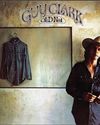
AURAL ROBERT
Another \"outlaw\" country artist
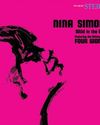
Nina Simone: Wild Is the Wind
By all accounts, Eunice Kathleen Waymon, aka Nina Simone, who passed in 2003, was a troubled person and a brilliant artist. Why she was not more acclaimed during her lifetime is a question several recent film projects have tried to answer. Did her fierce stand on civil rights lose her fans?

Vintage hi-fi, old and new
Many audiophiles and serious music lovers are passionate about vintage. Vintage has become a popular \"way in\" to the hobby, especially popular among younger folks.

Tekton Moab Be
LOUDSPEAKER

ARCAM Radia A25
INTEGRATED AMPLIFIER

Wharfedale Heritage Series 90th Anniversary Dovedale
LOUDSPEAKER
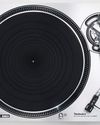
Technics Grand Class SL-1200/1210GR2
RECORD PLAYER
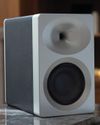
Thrax Audio Siren
Based in Bulgaria, European audio company Thrax has been active since 2009.

EMM Labs MTRS
STEREO POWER AMPLIFIER
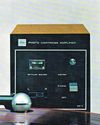
SPIN DOCTOR
Alternative phono cartridge technologies and the DS Audio DS-W3 optical cartridge system